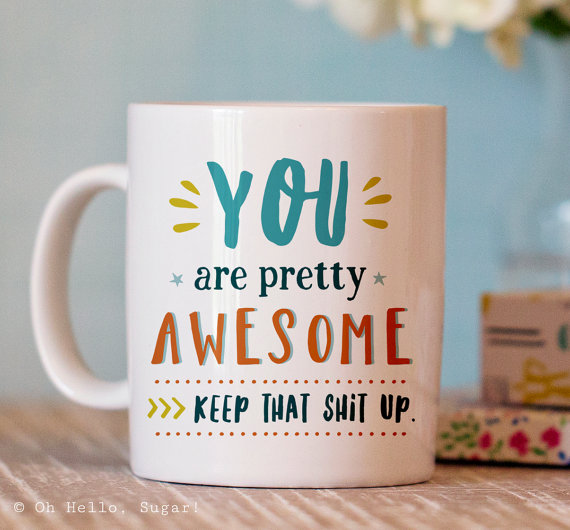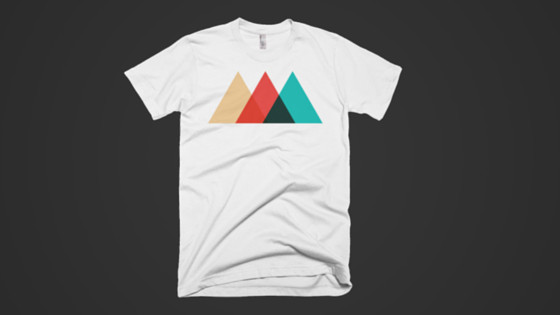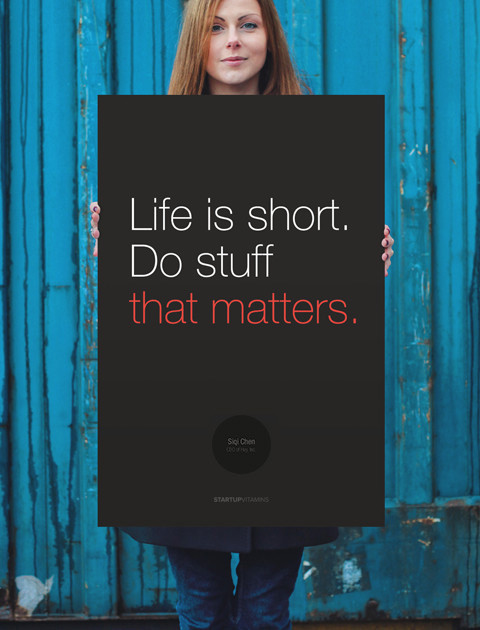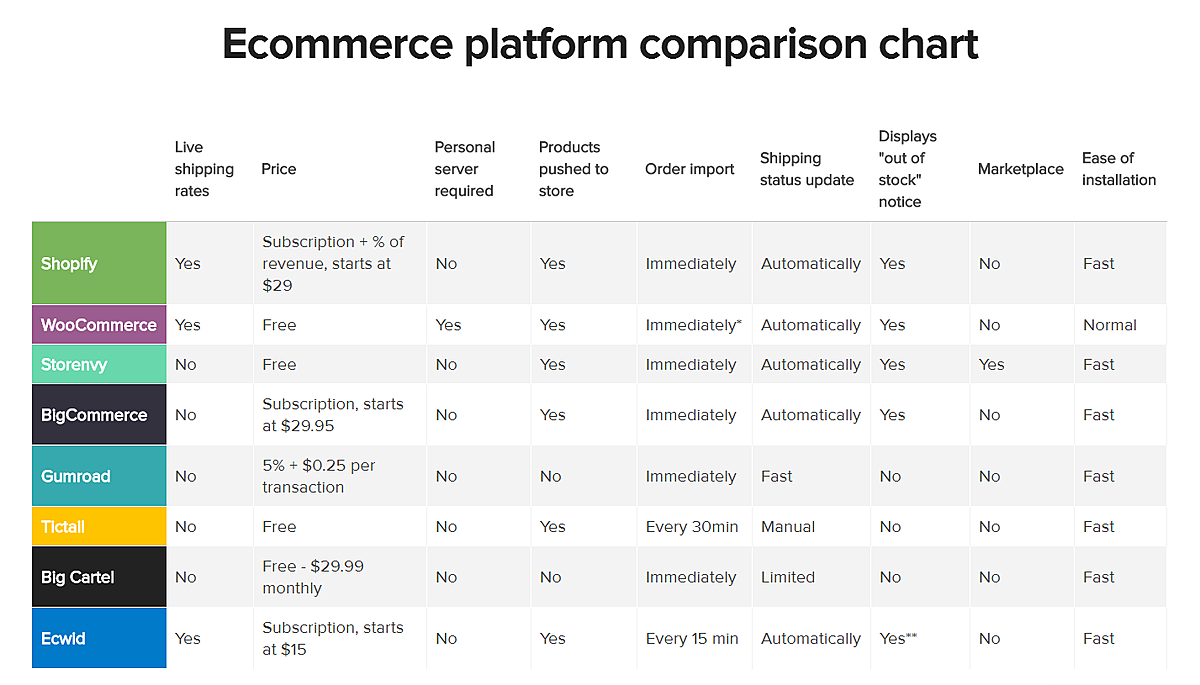The Bare Essentials of Launching Your Online Store
Here you'll discover how to get your hands on things like a sellable design, print files, an ecommerce platform and payment gateways.

Congrats!
You've made the decision to build your side hustle and get an online t-shirt brand going.
That's awesome! We're going to help you through the process of creating and launching your online store, from the very beginning.
We'll be going over the bare essentials of getting a store up and running.
You could tweak your store endlessly before you could consider it “perfect". We're here to tell you that it doesn't have to be perfect to be launched - it has to be functional.
Because in reality, you only need 3 things to launch your online store:
- A design for your apparel
- The store itself
- A way to accept payments
A design for your product
Let's start with this, as the idea for your design is the fundamental building block to your entire store. It will set the mood, define your audience, your direction, your theme.
To decide on your design, you should be asking yourself these questions:
- Who is going to be interested in this design?
- Will the target market want to pay for this?
- What is your added value?
- How are you different from your competitors?
That being said, you don't have to reinvent the wheel, you just have to make it slightly better, more interesting, different...you get the idea.
There are plenty of things you can create that sell great online. Take a look at these examples:
"Oh hello, sugar" does a great job at offering quirky, fun designs in a simple way.
If you take a look at the rest of their designs, you'll see that they're a combination of typography and simple visuals.

Why it works: it speaks to people and says truths out loud that are spot-on.
In addition to being a great message that speaks to people, most importantly it's simple. It's not a crazy design, and you don't need to have incredible design skills to make something like this come true.
An ecommerce store that sells inspiring business quotes geared towards entrepreneurs.
With bite-sized tidbits of inspiration, these posters have become a hit in many startup offices. Everyone loves quotes, especially nicely designed ones.
Why it works: it inspires entrepreneurs who are always looking for business advice
A collection of t-shirts that display the Toronto subway tile designs on them. Each subway design is different, meaning that each t-shirt design will be different for each stop.
 Why it works: it speaks to the local market, is sentimental and customized
Why it works: it speaks to the local market, is sentimental and customized
The one thing that all of these designs have in common is that they're incredibly simple. You don't need mega photoshopping skills to put them together, you just need a good idea.
Turning the idea into a print file

Once you have an idea for your design, you need to put it together in a printable format - this we call a print file. In order for your design to be printed, you have to submit the image itself in the correct dimensions and matching the guidelines. Guidelines for each product can be found under each product name and under the “Guidelines" tab of the Products & Pricing section.
Tools to create print files yourself
The most popular tools to create print files hands down are Photoshop and Illustrator. Though both come at a pretty fee, and not always is viable for someone just getting their hands wet with design and ecommerce.
If this is the route you've decided to go, make sure not to miss our Youtube videos of Printful tutorials on how to edit print files in Photoshop and Illustrator.
Luckily, there are alternative platforms that are free to use and do the same basic things:
- GIMP - open source and a program you download, available on Mac, Windows, Linux
- Pixlr - an image editor that you can use in your browser
Tools to get help creating print files
If you want to hand it over to a professional, there are plenty of places you can look. Here are a few of them:
- Freelancer - describe your job and designers from around the world will begin to offer you their prices.
- Fiverr - find a designer whose aesthetic matches yours and book them for a gig. Keep in mind - as my mother has always said, you get what you pay for.
- 99designs - describe the task, write how much you're willing to pay for it, and designers will upload their custom designs for you. Whichever you choose gets the money.
- Printful design services - you can request Printful's in-house designers to put together your design for you. The benefit of this is knowing that your print files will always match the guidelines perfectly.
Creating mockup images

Once you've got your design and your print file, you'll want to place it on a product so that you can put the image in your website to show people what it'll look like.
- Printful mockup images - download blank mockup images to which you can add your design, usually done through Photoshop or Illustrator
- Printful mockup generator - easy to use, just upload your design and you've got it!
- Sample orders - create your own product images by ordering samples (at 20% off with free shipping worldwide)
- Printful Ecommerce photography - we'll print your product, take photos in our own studio, send you the images digitally and your printed products in the mail.
There are many external resources that can also help you with finding different blank mockup images. Check out A Better Lemonade Stand's comprehensive list of the best t-shirt and mockup generators if you're looking for more options.
2) The Store
Once you've got your design and print file ready, you have to set up your digital real estate. Setting up a store will allow people to find you and make orders, which can then be automatically printed and shipped by Printful.
Choosing your platform
There are many ecommerce platforms to choose from. We suggest using one of the more popular ones that also integrate with Printful seamlessly. Here's a full list of the pro's and con's of all of the Printful platforms.
There are a few elements to take into consideration when you're choosing your platform, like whether or not you want to have a platform with a monthly fee, if you would rather have a free platform, but manage things like hosting yourself (which is another expense altogether).
In short, to set up as fast as possible, you'll want to choose a hosted option. In that case we suggest: Shopify, Tictail, Gumroad, Big Cartel, Storenvy, Ecwid, BigCommerce.
Other platforms would require your own hosting, which, though may result in a smaller monthly cost, you'd still have to deal with additional tech elements as well as paying for the hosting service in itself.
Using your own domain
The majority of ecommerce platforms will give you a free domain name, like www.mystore.bigcartel.com. If you want to personalize your store, you'll have to buy a domain. When you buy a domain, you buy the access to it for a certain period of time, usually a minimum of 1 year. You can then attach that domain to your store (each platform will have its own process, you'll certainly be able to find it in the FAQ).
Places you can buy a domain:
Other platforms will let you buy a domain name within the platform itself, such as Wordpress.
To .com or to be creative?
As more and more websites surface every day, the more the domain names are taken. If you're vying for a .com name, you might need to get creative, as most one-word domains are unavailable. You can also choose to end your domain with .io, .biz, .info and so many more. There have been plenty of services that have been successful without the .com ending, (intercom.io, http://media.io/, https://vine.co/).
Though this is, for the most part, a personal decision, for a first-timer it may be beneficial to opt for a .com domain, since it would increase the chance of organically having people find your store, as all they'd have to do is remember the name. Otherwise, you'd have to have very strong marketing in order to engrain the non-traditional domain ending.
Payment Gateways
It's possible the the ecommerce platform you choose will already have its own payment processor within it (for example Shopify stores come with Paypal built in if you're in the USA or Canada, or Shopify Payments if you're in Canada). If not, easily the fastest setup is done with Paypal for Business, which lets you accept both Paypal and Credit/Debit cards. You can check which payment gateways are accessible in which country, check out this concise page the Shopify made with payment gateways by country.
Popular payment gateways include:
Note: It's very important to test your payment gateway when it's been set up - if it turns out you're unable to make payments, then there was no point to launching the store! You can always cancel a payment, so don't worry about making tests.
Bonus: A Printful Connection
The last step to getting your store up and running with Printful is by hooking it all up. If you're using one of the platforms that Prinful integrates with, all you have to do is click on “connect" under the platform when you go to your Printful “Stores" section. You'll have to create a Printful account to do that.
If you're using Shopify, Woocommerce, Storenvy, BigCommerce, Tictail or Ecwid, we sugget you use the “add" function to publish products directly to your store. Go to Stores and then click Add, you'll be prompted to choose the product you want to sell, upload your print file, and then publish it directly to your store.
If you're using any other platform that Printful integrates with, you'll have to sync the different products in order to connect them and make sure that orders that are made on your online store go through to Printful.
- First you should add the products you want to sell on your online store. Then go to the Printful Stores->Connect section and connect your store.
- You'll then see all of the products that you had added to your store in your Printful page - sync each product by uploading the print file and choosing which size/model/color of product you want the design printed on.
Your store is now up and running!
With these four steps you've successfully created a basic online store, congrats! In the upcoming chapters we'll be going over different elements that will help you launch your store into success mode.

